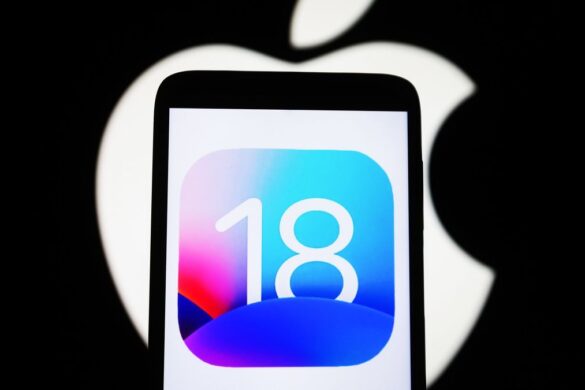A recent report by the Upstream mobile phone company showed that the number of malicious Android applications doubled in the first quarter of 2020 from 14,500 to 29,000 in the same period last year. Transactions classified as fraud increased 55% and 290 million transactions were blocked during the same period.
Upstream also said that up to 89% of transactions made between January and March were fraudulent. The number of Android devices infected with malware rose from 10.5 million to 11.2 million in the first three months of this year.
Notably, up to 9 out of the top 10 malware in the first quarter of 2020 was available on the Google Play Store. Last year only 30% of the 100 suspicious applications were found on the official Android software repository from Google.
The COVID 19 pandemic was the factor most hackers exploited to launch consumer attacks during this period. Up to 60% of dangerous applications that claim to be popular software offer solutions and home-based activities that are isolated to users to prevent epidemics. Most of them fall into the “Video editing and screening program”, “News and magazines”, “Games”, “Social” categories.
One of the applications found was the Snaptube download video. This application was alerted at the Phone Arena in October 2019 and has reached more than 40 million downloads. After downloading and installing on an Android device, Snaptube registers for a paid service account without the victim’s consent, downloading and clicking on advertisements created by the program itself. Outside. In 2019, Snaptube made up to 70 million fraudulent transactions (half of them from Brazil) and there were 32 million blocked transactions.
Snaptube’s website claims the app has more than 300 million downloads even though the software has been removed from the Play Store. The program still exists on Huawei’s AppGallary, Xiaomi’s GetApps, and many other app stores for Android.




